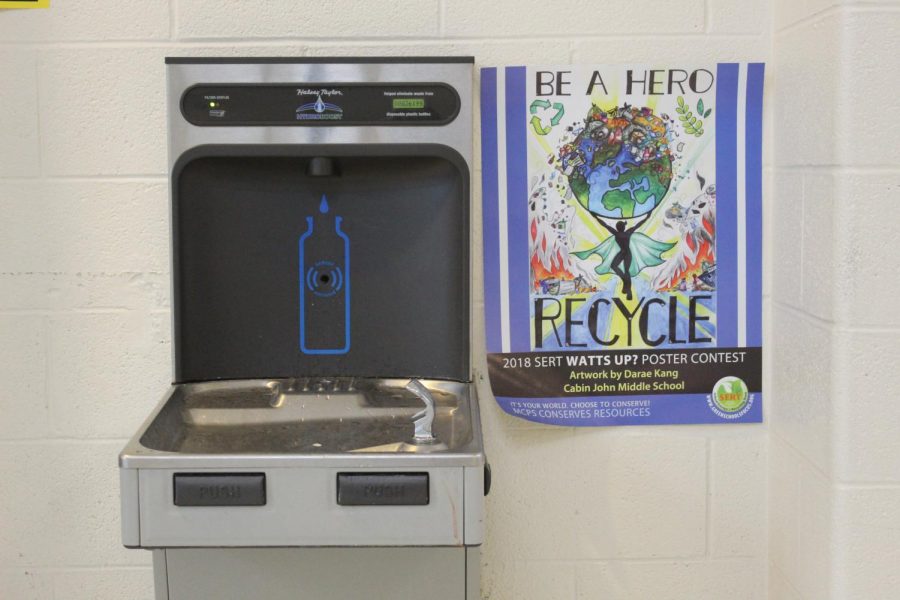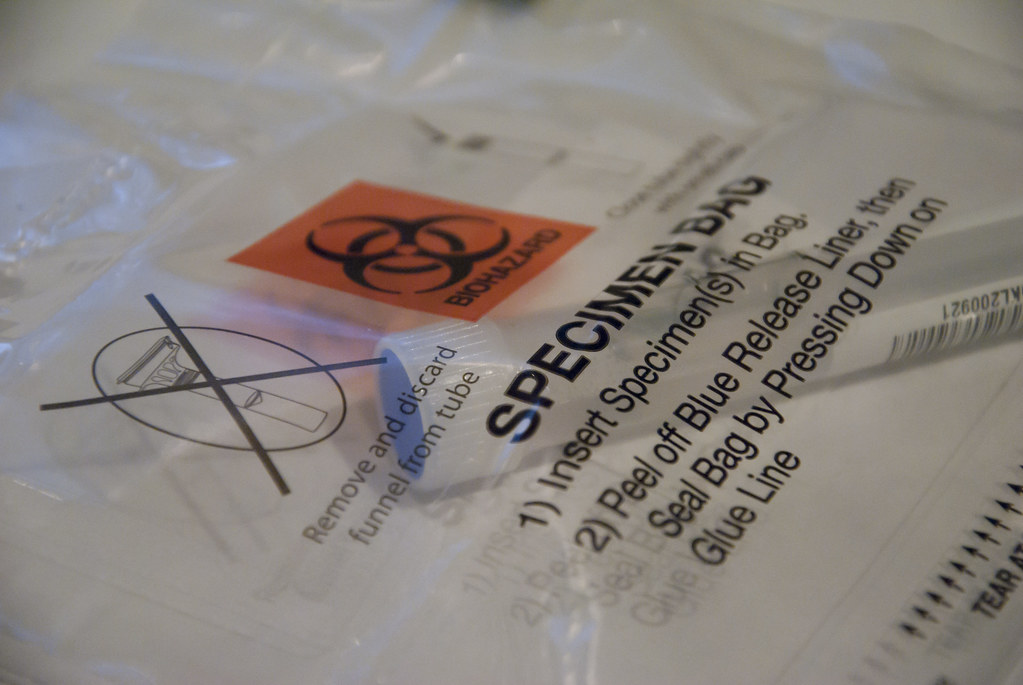1945: A year known for many things sans fluoridation. What stemmed from here is called one of the biggest public health achievements of the 20th century. Following numerous studies that researchers had conducted linking a higher fluoride intake to less dental decay, America decided to take action on this growing issue. A planned 15-year trial linked 4 treatment cities with 4 control cities: Grand Rapids, Michigan, with Muskegon, Michigan; Newburgh, New York, with Kingston, New York; Evanston, Illinois, with Oak Park, Illinois; and Brantford, Ontario, with Sarnia, Ontario.
As these trials positively progress, the number of cities fluoridating their water increases by leaps and bounds, growing to 1.5 million when the American Dental Association, the Association of State and Territorial Dental Directors (ASTDD), and the U.S. Public Health Service (USPHS) all issue endorsements of fluoridation.
In 1956, the world’s first fluoride toothpaste, Crest, was launched, and 6 years later, federal water standards were updated to include fluoride guidelines. In 1980, officially, more than half the U.S. population received fluoridated tap water, and as of 2020, those receiving the recommended amount of fluoridated water were 77.1%.
Over the past 80 years, evidence for this practice has been exceedingly positive. Studies show that fluoride in community water systems prevents at least 25 percent of tooth decay in children and adults. Schoolchildren living in fluoridated communities have, on average, 2.25 fewer decayed teeth when compared to similar children not living in fluoridated communities.
The issue against fluoride in water has recently been stemming from concerns about excessive fluoride intake and related toxicity, which have been raised worldwide, leading several countries to ban fluoridation. In America specifically, President Donald Trump appointed Robert F. Kennedy Jr as United States Secretary of Health and Human Services, who claimed that the administration would advise that fluoride be removed from the country’s water supplies, calling it “an industrial waste associated with arthritis, bone fractures, bone cancer, IQ loss, neurodevelopmental disorders and thyroid disease.” In Utah, the first official step of this claim was taken, as Republican Gov. Spencer Cox signed legislation late Thursday, March 27, 2025, that bans fluoride in public drinking water over the status quo of leaving it optional for each district.
Now, the potential consequences for decisions like these have yet to be fully uncovered, but public health experts warn that removing fluoride from water supplies could reverse decades of progress in dental health, disproportionately affecting low-income communities, which rely on fluoridated water to help prevent tooth decay when dentistry visits are not the most accessible.
As more states consider these bans, even with the vast majority of public health organizations rallying against such measures, the future of water fluoridation in the United States remains uncertain. Will fluoridation continue to expand across American households, or will political movements create a mismatch of water guidelines all over America?
“It doesn’t seem like there’s any real harm and it’s a low concentration that is often regulated. But I think the disagreements between the political parties will definitely cause trouble,” senior Nathan Amornkul said.












